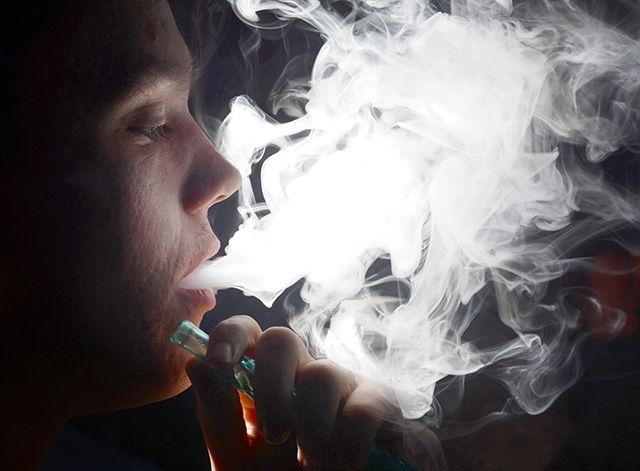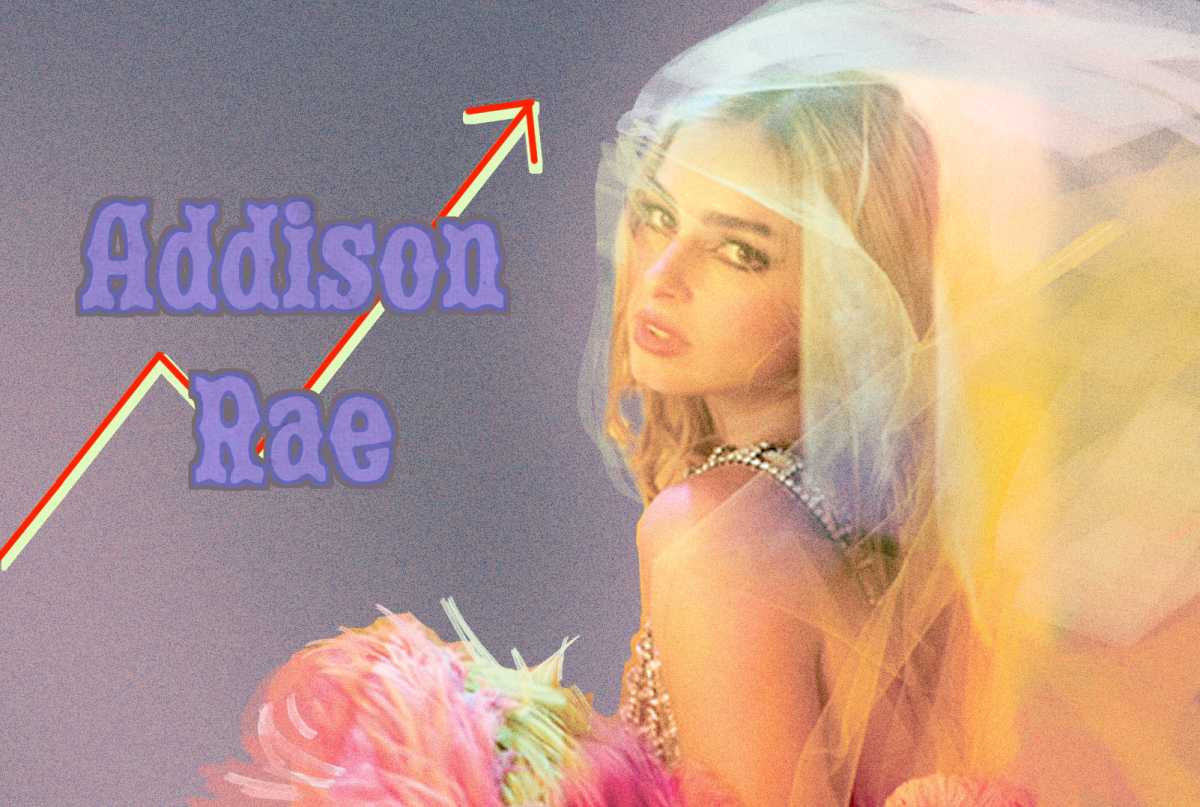Students have different ways of kicking back and relaxing after a day of studying – or attempting to study that is. Some people play video games. Others might watch a movie or grab a bite to eat. However, smoking hookah is one activity that has steadily grown in popularity, and it only requires breathing.
Smoking hookah is an increasingly popular pastime among college students. However, experts at the Centers for Disease Control and Prevention (CDC) say it is just as toxic as cigarette smoking and carries some of the same risks.
The phrase “smoking hookah” is somewhat misleading. A hookah is a large glass pipe that consists of a smoke chamber that collects the smoke, a bowl that holds the product smoked, such as a tobacco-based shisha, and one or more hoses that users smoke out of.
Hookah bars have become a place where students can relax, according to assistant manager of Sahara Hookah Bar and Café, Maleena Cutts, who before obtaining a job at the bar, regularly attended as a loyal customer.
“A lot of students come on the weekends around two when all of the clubs close,” Cutts said. “It is a social activity, but there are also students that come on the weekdays to just sit and do homework while they smoke.”
Cutts opens the shop every day at 3 p.m. and says there are some students that come regularly to smoke and catch up on their school work.
Elizabeth Miller, a physician at the Student Health Center, says there are a few reasons why hookah is popular.
“Hookah is a shared activity,” Miller said. “People go with their friends to talk and share an experience together. There is also an element of being exotic. It is also perceived as less toxic.”
Whether used daily or sporadically, the effects of hookah are still comparable to those of cigarettes, because the shisha contains many of the same carcinogens and toxic chemicals as those found in regular tobacco, according to the CDC.
Many students that do not smoke cigarettes choose to smoke hookah because of the sweet smell and taste, as well as the “smoother” smoke hookah produces compared to cigarettes. This is because it is cooled by water before passing through a rubber hose to a mouthpiece, where it is inhaled.
According to Miller, the inhalation of hookah smoke is equal or even more dangerous than cigarette smoke.
“It is very similar to cigarette smoking,” Miller said. “Of course, it depends on what you smoke, but it may contain nicotine. Each inhalation can give you more smoke volume than a flavored cigarette. I don’t think people may understand the similarities between smoking cigarettes and smoking hookah.”
Iliana Diaz, a freshman studying psychology, disputes this point, arguing that most college students are aware of the danger hookah smoking presents.
“I know that it is just as bad as cigarette smoking, maybe even worse, but I don’t smoke on a regular basis, so I feel like I’m okay,” Diaz said.
Many hookah smokers, like Cutts, feel that the frequency of smoking hookah as well as the way one inhales it makes it different from inhaling cigarette smoke. Cutts, a former cigarette smoker herself, said that with cigarettes she would inhale once then inhale again, in order to “swallow” the smoke.
“With hookah, it’s more about savoring the flavor, so you don’t really swallow it,” Cutts said.
Cutts, who has been a regular hookah smoker for about four years, said she has not experienced any health issues as a result of her hookah smoking.
While health experts and leaders say hookah is an imminent threat to the health of young people, many hookah smokers argue that it may contain some of the same ingredients as cigarettes, but it does not produce the same results.
Currently, there is not a substantial amount of research detailing the effects of hookah on smokers. Until that body of research exists, we’ll have to wait for the smoke to clear.





